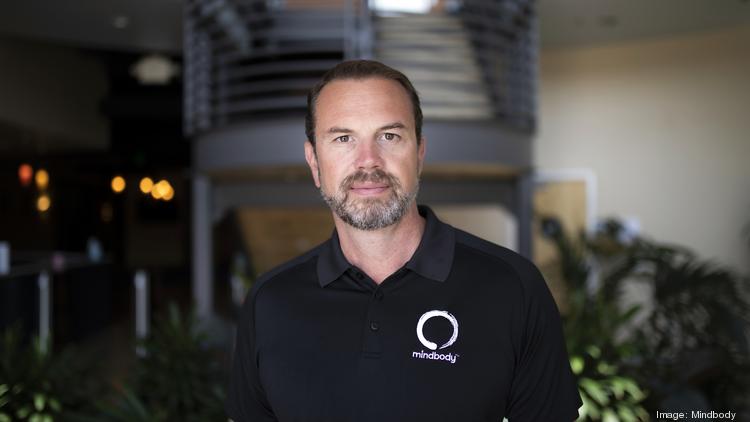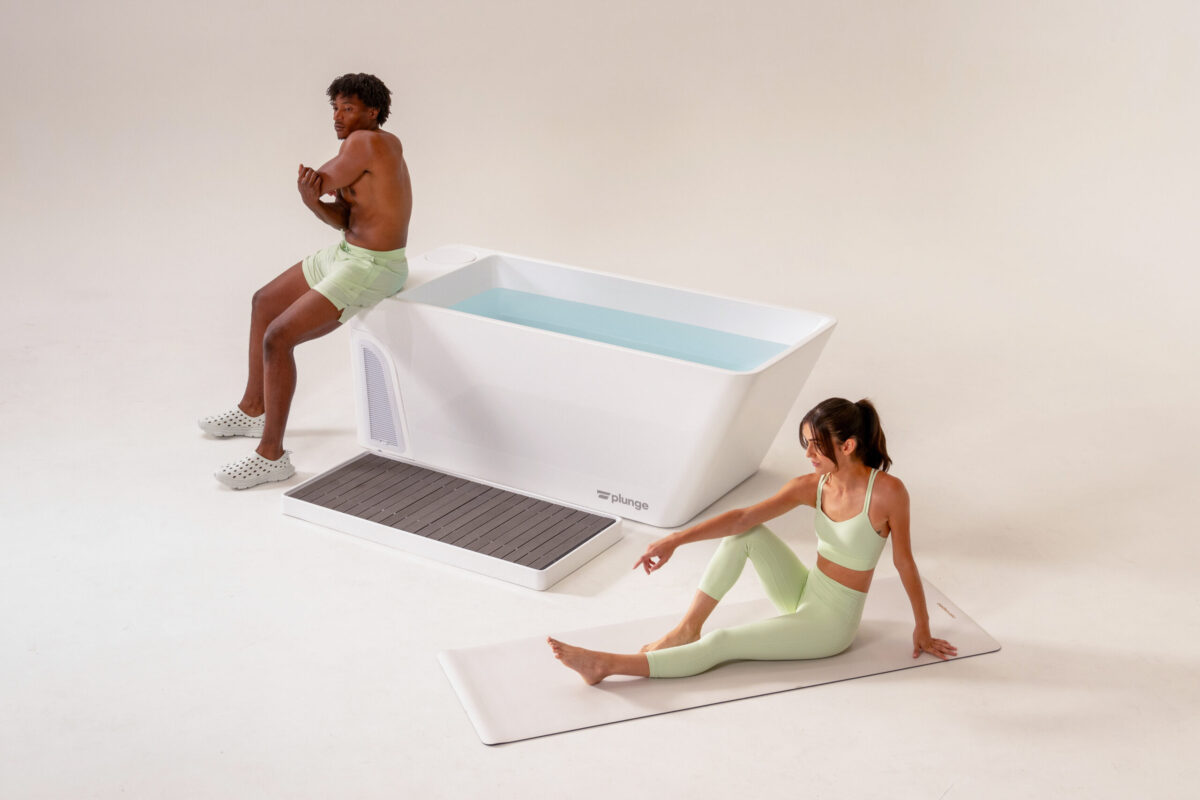After two years of on-again, off-again gym closures and a workout-from-home boom, we asked industry executives for their thoughts on the future of fitness.
In this Q&A, we spoke with Mindbody CEO Josh McCarter about gym visits rebounding, the importance of personalized experiences, and the evolving definition of wellness.
Shuttered during the pandemic, gyms/studios are rebounding. How do they succeed going forward?
Josh McCarter: Brick-and-mortar gyms are here to stay, with recent bookings surpassing 2021 numbers. More telling, in February 2022, ClassPass saw the most reservations since February 2020.
To succeed moving forward, gyms and studios need to lean into the fact that the definition of wellness is changing. While fitness will always hold its place as a cornerstone of wellness, it’s time for gyms and studios to offer more to their customers.
This gives the fitness industry a great opportunity to build even deeper connections with consumers by leaning into the top two reasons Americans work out: to reduce stress and to feel better mentally.
Ultimately, consumers want a customized experience that is as unique as they are. The key for gyms and studios is to explore which additions map to their brand and enhance the core of their experience.
Omnichannel or hybrid fitness is gaining traction. How does it play out?
JM: We are seeing virtual services decline as in-person bookings increase.
While hybrid fitness will likely remain in a post-pandemic world, in-person fitness is favored among the majority. 82% of Mindbody app users are utilizing the platform exclusively for in-person bookings while just 14% are seeking virtual offerings.
However, virtual can be a valuable feeder to in-person experiences. According to the 2022 Mindbody Wellness Index, 40% of millennials and 30% of Gen Z have started attending an in-person fitness class they discovered virtually.
From VR to web3, immersive exercise is trending. How will it impact fitness?
JM: Ultimately, the goal of the fitness industry is to bring wellness to as many people as possible. Anything that breaks down barriers to entry and encourages people to find a wellness routine that works for them is good for the overall industry.
That said, I do believe that in-person wellness services will always be the dominant method by which people will engage in and build wellness communities.
It’s also worth highlighting that a gamification of the fitness industry is underway, as the adoption of AR and VR continues to grow. Recent research from Technavio predicts that the AR/VR market will see growth of more than $125B globally by 2024.
We are already seeing brands like TRIB3, one of the first fitness studios to enter the metaverse, getting ahead of this trend, with more expected to jump on board.
What trends will shape the future of fitness?
JM: With the evolving definition of wellness, we see consumers seeking a more whole-person approach when it comes to their wellness routines. This is bringing rise to recovery services, an increased focus on mental health around the globe, and more.
The fitness industry can take this as an opportunity to expand its footprint, bring customers a wider variety of services, and engage their communities.
Personalization will also become increasingly more important to consumers. Wellness itself is personal, so each consumer is looking for an experience that is unique to their needs.
McKinsey recently shared that over 70% of consumers expect to have personalized interactions with brands they invest in, and over 75% get frustrated when they don’t.
Lastly, in-person experiences are here to stay. Consumers are driven to come back to in-person experiences because 81% push themselves harder in class than they do on their own, and 67% feel in-studio classes make it easier to work out regularly and keep up a routine.
Wrapping up, anything else we should keep in mind?
JM: As the fitness industry continues to expand with these trends, Mindbody aims to help fuel this growth. One way we are doing this is through the recent launch of Mindbody Capital, an offering specifically designed to provide wellness businesses with easy access to funding to power their operations however they see fit.
Eligible customers in the US can access and accept funding directly through their software and pay it back through a percentage of daily sales. This allows businesses to pay more when revenue is high and less during slower times.
With over $4M of funding already accepted through Mindbody Capital, we are mostly seeing customers use the funds to support payroll and hiring, marketing purposes, and new equipment.



